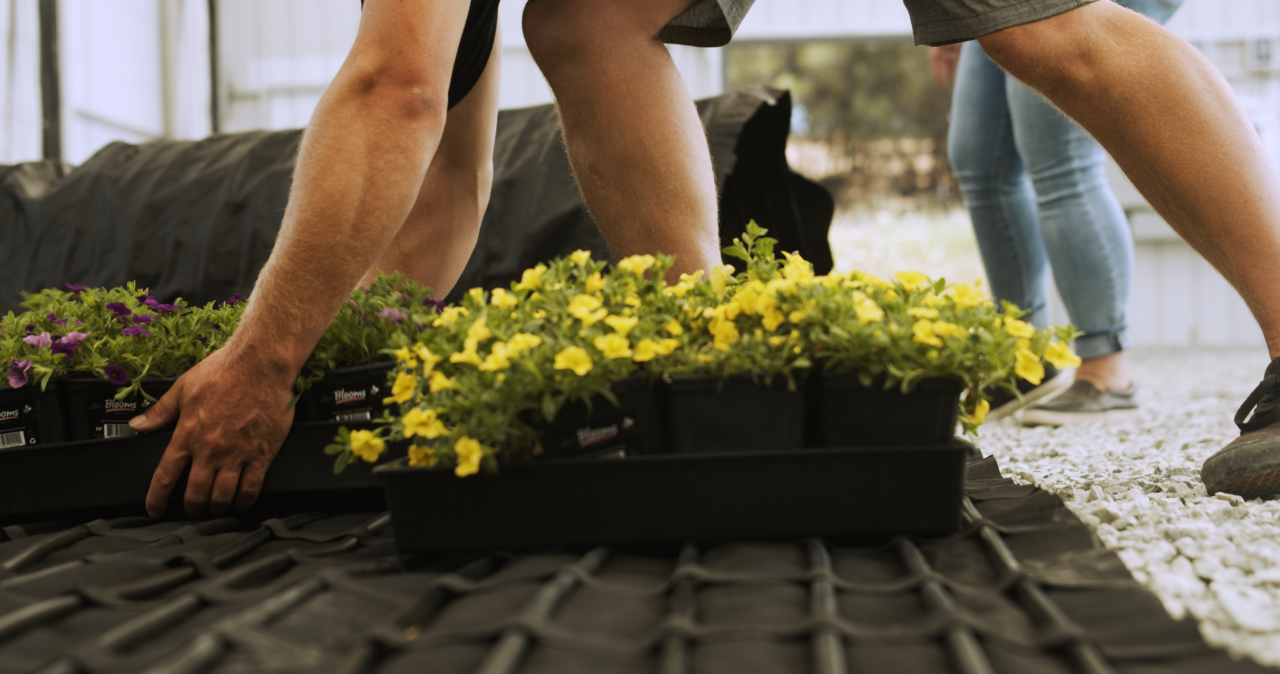Greenhouse Hemp Market Update with PanXchange’s RJ Hopp
Widely viewed as a primary source for market reports and intelligence in the hemp industry, PanXchange (Denver, CO) Director of Hemp Market, RJ Hopp, is seeing and hearing more lately about a surge in smoke-able hemp flower demand.
“Right now, smoke-able hemp is the primary market for greenhouse (grown) hemp, and the prices that we are seeing in the market right now vary widely,” he explained recently on a call , noting a range per pound of anywhere between $175 and $600.
“That really speaks to the variety of quality we see in that market, and we’re not saying if it’s 100% grown in a greenhouse that you’re even guaranteed to hit that higher end,” Hopp added. “But given the ability to control a climate and even take a bit of a page out of the legal cannabis industry, and make it visually appealing, good smelling and potent and just full of all those terpenes. Can someone make a really quality hemp flower outside today? One hundred percent.But as this industry develops and matures, I see that being the primary outlet for greenhouses.
“You’ll have those two sides of the market with craft smoke-able hemp grown indoors mostly, and the outdoor crop will be more biomass,fiber, and mass scale for cannabinoid extraction.”
Hopp says that a recent report by Hemp Industry Daily pegged the domestic greenhouse hemp sector for 2020 coming in at around 2,150 licensed acres. Overall, the hemp pricing platform manager passes on the chance to make an official prediction on the total amount of hemp acres that farmers will plant in 2020, noting that most estimates he’s seeing lately seem to “start around the 230K mark and work down from there.”
“Licensed acres is a good indication as to where things are going (in the industry), but you’ve also got to keep in mind that during the last three years, the amount of licensed acres in the U.S. didn’t end up correlating to how much hemp was actually planted,” Hopp observed. “Now, I do expect to see virtually all of those indoor acres (forecasted) planted.”
One area of the hemp and legal cannabis industries that we’ve found so fascinating at Greenhouse Grower – as I can assume you’ve deduced from our ongoing coverage of it – is the current and future state of genetic material in these markets. Perhaps that’s a direct function of our long history at Meister Media Worldwide of publishing agricultural media titles, because the uncertainty issue in cannabis genetics is just not something you typically see in any other mature ag commodity. The ability of the farmer to overcome this hurdle, and at such a large scale, is quite impressive.
Hopp is encouraged (as we are) with what he’s seeing there as well, as cannabis and hemp genetics suppliers undergo a kind of coming-of-age period of late. That’s pretty good news for hemp farmers.
“It has really grown lately,” Hopp agreed when asked how far seeds, clones, and starts have come in the last few months in the hemp world. “I’m seeing so many different companies getting involved in providing genetics. Now, I don’t think all companies are created equally, but having been talking to some of these new companies…they’re bringing over hemp geneticists that have been breeding in Europe or many years. They’re embracing being data first, and the number of field trials I am seeing all over the country is very encouraging. These breeders starting to build that foundation of data is absolutely aiding in the creation of genetics that are not only more consistent, but they’re having the ability to regionalize and find strains that grow better in different climates.”
Hopp advises all hemp growers evaluating a new genetics offering or breeder to demand as much data as possible. “Ask about their farm trials and what they are seeing in the field, and see if they have regional data for your growing region and how different strains fared on different farms near you.”
Asked his thoughts on the current state of the U.S. hemp market, which for the last two years has seemed as dizzying a dalliance as a wild ride in Mr. Toad’s carriage, Hopp is encouraged on a couple fronts.
“While prices have come down significantly and overall we’ve witnessed kind of a changing of the profitability landscape in the last year or two, as American’s have shown time and time again as markets are hit with these kind of immovable forces (COVID-19 reference, anyone?), it’s an opportunity for some really smart people to come in with a good plan and make some efficiencies of scale pay off,” he said.
Hopp notes recent decisions at the state level in North Carolina (state legislators walked back a smoke-able hemp ban ) and Virginia (assured retailers that CBD products will remain legally regardless of looming FDA regulation) as the other positive recent developments for the future of hemp farming.
“Something I’ve always found unique about the hemp market is, in a lot of agriculture markets regulation isn’t really welcomed, whereas in the hemp industry, we see the value in having those regulations in place, so we know how to comply,” he added. “And the government in terms of FDA, it seems to me is kind of pressing pause on this thing and letting things shake out how they may. They’re going to end up sitting back and letting the states decide for themselves.”










